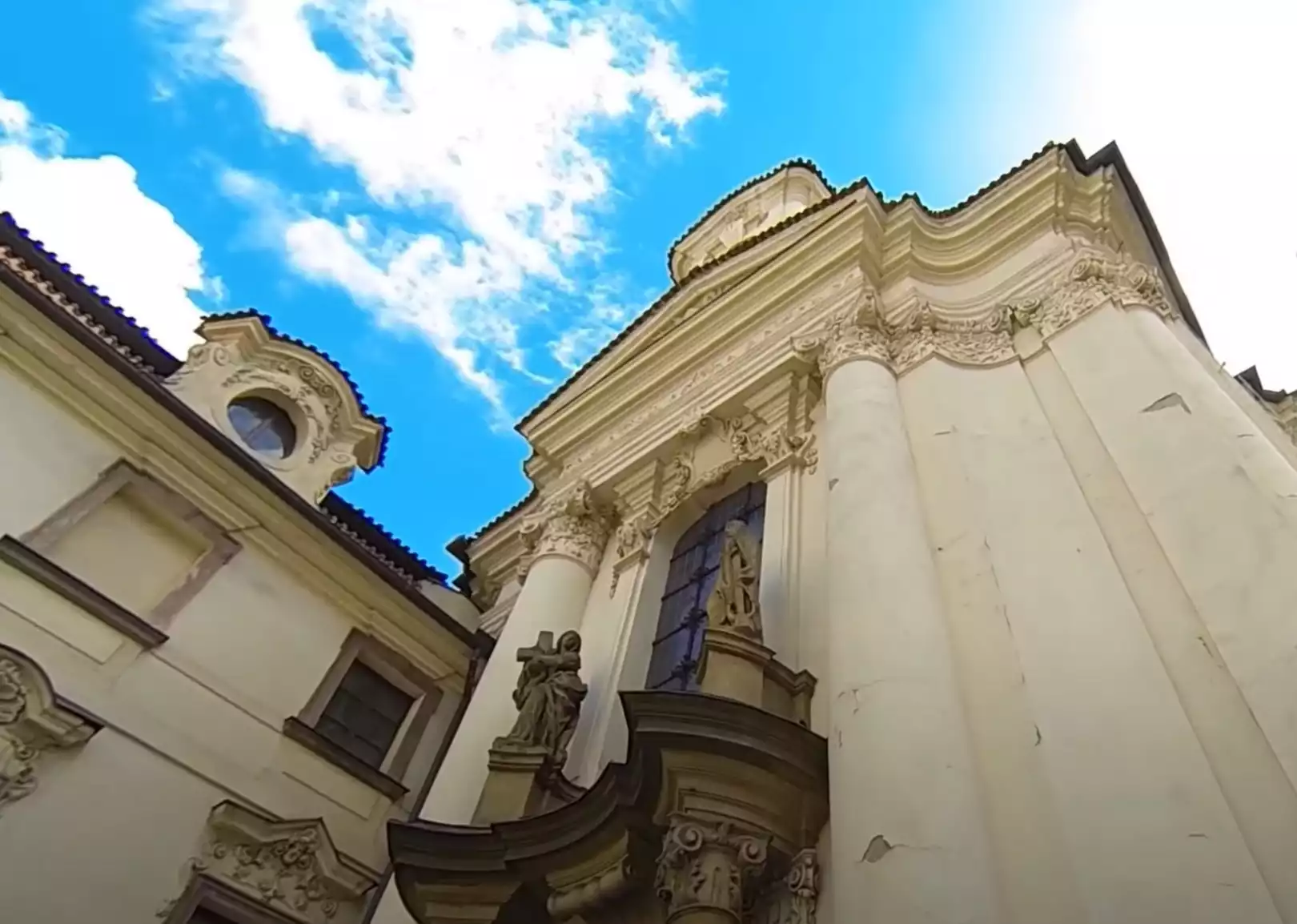
The Eastern Orthodox Church of the Czech Lands and Slovakia stands as a beacon of spiritual continuity and evolution in Central Europe. Emerging through a tapestry of historical turmoil and cultural interweavings, this ecclesiastical body has not only weathered the storms of time but has also flourished, offering a unique spiritual perspective to its adherents. Today, it represents a significant religious presence, contributing profoundly to the spiritual and cultural fabric of the Czech Republic and Slovakia.
Historical Foundations and Growth
Tracing its roots back to the Byzantine missionaries, Saints Cyril and Methodius, the Eastern Orthodox Church in these lands began its journey in the 9th century. These pioneering saints, celebrated for their cultural and linguistic contributions, laid the foundational stones for Orthodoxy in the Slavic world. Their mission, initially focusing on Great Moravia, transcended geopolitical changes, embedding deeply in the spiritual life of the region.
As the centuries progressed, the Orthodox Church faced numerous challenges and transformations, particularly during the tumultuous periods of the Hussite Wars and the Ottoman invasions. Despite these upheavals, it managed to maintain its presence, often serving as a bastion of spiritual resilience for its followers.
The 20th century, marked by two World Wars and the subsequent Communist regime, saw significant trials for the Church. However, these adversities also sparked a period of revitalization and restructuring. Post-Communism, the Eastern Orthodox Church of the Czech Lands and Slovakia experienced a notable resurgence. The fall of the Iron Curtain ushered in a new era of religious freedom, allowing the Church to reclaim and renovate many of its sacred spaces and to re-establish itself as a vital spiritual force in the region.
Throughout its history, the Church has not only been a religious entity but also a custodian of culture and heritage. It has played a crucial role in preserving Slavic traditions and liturgical languages, thus contributing significantly to the cultural diversity and richness of the Czech Republic and Slovakia. This historical journey, marked by perseverance and adaptation, sets the stage for understanding the Church’s current role and influence in Central European society.
The Modern Fabric and Influence
In the contemporary landscape, the Eastern Orthodox Church of the Czech Lands and Slovakia continues to be a vital spiritual, cultural, and social entity. Its modern fabric is characterized by a dynamic interaction between tradition and modernity. The Church actively engages in dialogues addressing contemporary issues while preserving its historical liturgical practices and spiritual teachings.
The Church’s role in education and community service is particularly noteworthy. Numerous Orthodox educational institutions and seminaries contribute significantly to theological scholarship and the nurturing of future clergy. Additionally, the Church’s involvement in charitable activities reflects its commitment to social welfare and community support.
The influence of the Eastern Orthodox Church extends beyond its immediate community. It plays a crucial role in ecumenical dialogues, promoting understanding and cooperation among different Christian denominations. This open and collaborative approach has fostered a positive relationship with other religious communities, enhancing interfaith harmony.
Furthermore, the Eastern Orthodox Church actively participates in cultural preservation, particularly in safeguarding ancient liturgical music, iconography, and religious art. These artistic expressions not only enrich the spiritual life of the Church but also contribute to the broader cultural heritage of the Czech Republic and Slovakia.
As the Church looks to the future, it faces both opportunities and challenges in a rapidly changing world. Balancing tradition with the needs of a modern congregation remains a key focus, ensuring that the Church remains a relevant and vibrant spiritual force in the 21st century.
The Eastern Orthodox Church of the Czech Lands and Slovakia, with its rich historical legacy and contemporary relevance, continues to be a pivotal spiritual and cultural cornerstone in Central Europe. Its journey, marked by resilience and adaptability, offers a compelling narrative of faith and community.
References
- Helle, Horst. Religion and Society in Eastern Europe. Routledge, 2017.
- Louth, Andrew. Eastern Orthodoxy: A Historical Introduction. Yale University Press, 2015.
- Richter, Daniel. The Orthodox Church: An Introduction to its History, Doctrine, and Spiritual Culture. Wiley-Blackwell, 2009.
